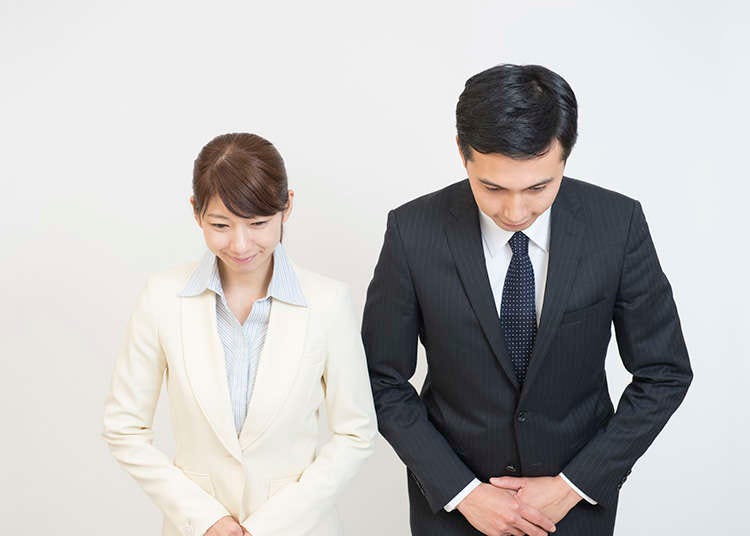
Japanese hand gestures and body language, as with each country’s mannerisms, are often unique to the culture of Japan.
Keep reading below to learn more about common gestures you may encounter while in Japan such as bowing, beckoning, and conversation cues.
- Table of Contents
-
- Bowing in Japan: the ultimate in Japanese body language
- The proper way to bow
- Japanese gestures: Pointing to yourself
- The "come here" Japanese hand gesture
- Waving your hand in front of your face
- Crossed arms - the negative
- Making an "X" with your fingers - check please!
- Conversation cues
- Counting on your fingers
- Top spots to experience Japanese culture and traditions
Bowing in Japan: the ultimate in Japanese body language

The most common Japanese body language you will encounter while in Japan is bowing. Not only is it a sign of respect, but it is also the primary way to greet someone you meet face-to-face, whether they are friends or strangers.
Failing to bow in Japan may imply that you have bad manners while doing so will give the impression that you are humble and polite, especially when bowing to a stranger.
The proper way to bow
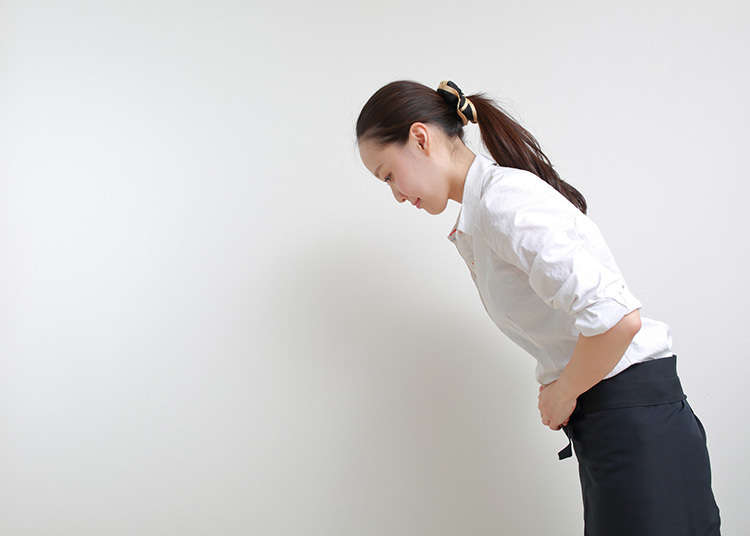
So, how to bow in Japan? The standard Japanese bow starts with a straight posture. Move your upper body downwards, and bow to a 45-degree angle. Men should keep their hands down and straight at their sides, while women usually keep their hands folded in front of them.
Japanese gestures: Pointing to yourself

Some people from abroad may find it strange, but in Japan, people point to their faces when talking about themselves. In other countries, it is normal to place your hand on your chest, but in Japan, it is common to use your index finger to point at your face, near your nose.
The "come here" Japanese hand gesture

The "come here" hand gesture in Japan is unique. Raising your hand with the palm toward the person you are calling, move your fingers quickly up and down in unison.
In other countries, the gesture is the other way around, with the palm facing toward you and often with only the index finger moving to beckon someone to you. While this hand gesture is also used in Japan, it is hardly ever used to call someone over and would not be recognized as such by a Japanese person.
Waving your hand in front of your face
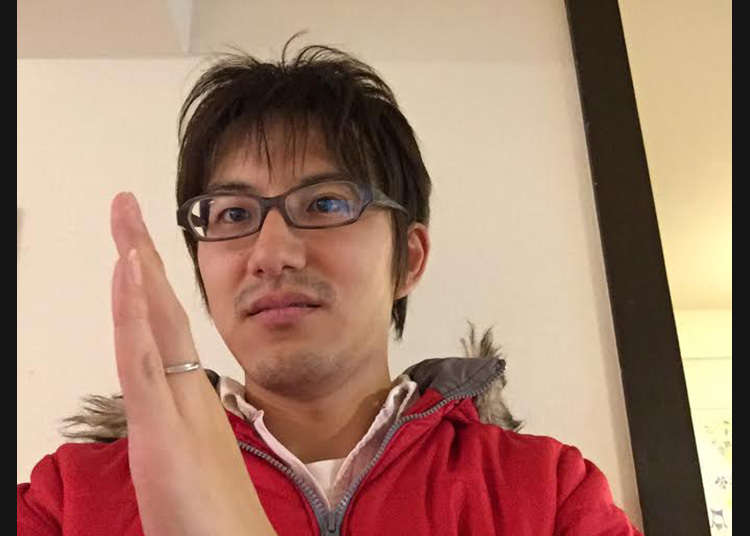
The Japanese hand gesture of waving it back and forth in front of your face, with the thumb facing you and pinky away from you, means “no.” When you're accused of something, it implies "Not me." or "No way!".
When you make this gesture after someone asks if you can do something, it means "No, I can't." It can also be used to say "No, thank you." when someone tries to give you something you don't need.
Crossed arms - the negative
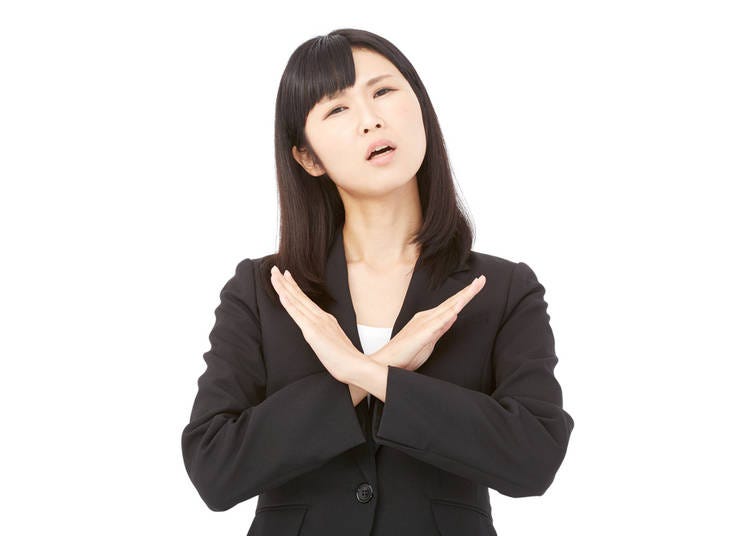
When walking into a full restaurant, you may occasionally encounter an attendant who forms an X with their arms. likewise, in other situations, such as if someone mistakenly enters the exit of a venue instead of the entrance, or if there is some kind of prohibition in place - such as in a non-smoking area - against a particular action, you may see a person in charge making the same gesture.
Simply put, it indicates a negative, refusal or decline of some sort.
Making an "X" with your fingers - check please!
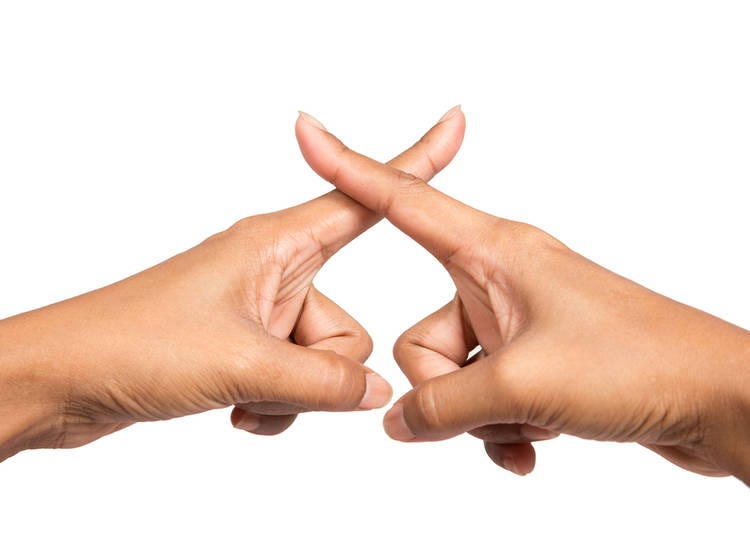
Also in a restaurant or cafe context, it can be a little confusing at times when using Western hand signals indicating that you want the check. The easiest approach in Japan: simply make eye contact with your server and make a small "X" with your fingers - the check will come along soon!
Conversation cues

Japanese people use body language as conversation cues to let others know that they are listening. What may be surprising to you is the frequency of which they are used. When speaking to people who are not familiar with the Japanese language, these cues are used to check that the meaning of what is being said is fully understood.
Counting on your fingers
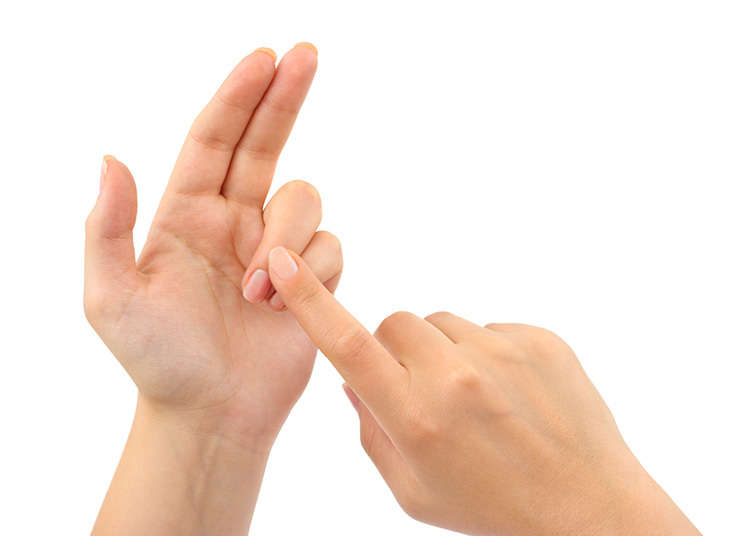
When counting on your fingers, Japanese people start with the fingers and thumb extended upward and then bend them down one by one with each sequential number. The order starts with the thumb, followed
by the index finger, middle finger, ring finger, and pinky; each placed on top of the thumb.
Top spots to experience Japanese culture and traditions
There are so many incredible spots to experience Japanese culture! Here are a few of our top recommendations to do just that.
*Prices and options mentioned are subject to change.
*Unless stated otherwise, all prices include tax.
Recommended places for you
-

Jukuseiniku-to Namamottsuarera Nikubaru Italian Nikutaria Sannomiya
Izakaya
Kobe, Sannomiya, Kitano
-

Kambei Sannomiyahonten
Yakiniku
Kobe, Sannomiya, Kitano
-
Goods
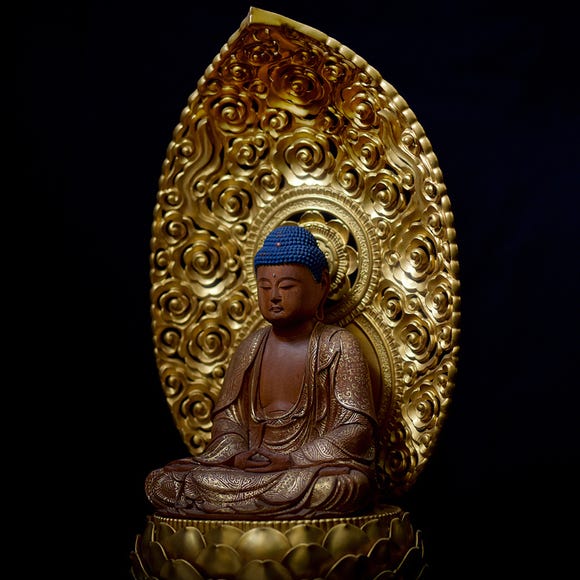
Yoshida Gennojo-Roho Kyoto Buddhist Altars
Gift Shops
Nijo Castle, Kyoto Imperial Palace
-
Appealing

Rukku and Uohei
Izakaya
Sapporo / Chitose
-

Kanzenkoshitsuyakinikutabehodai Gyugyu Paradise Sannomiya
Yakiniku
Kobe, Sannomiya, Kitano
-

ISHIDAYA Hanare
Yakiniku
Kobe, Sannomiya, Kitano
-

There’s a new museum in Japan, but almost all of its location is a secret
-

Ryuguden: Soak in Front of Mount Fuji At This Legendary Hakone Onsen (In-Depth Review)
by: Yoshika Izumi
-

Tokyo travel hack: How to enjoy a free sightseeing boat tour around Tokyo Bay
-

Discover Japan Duty Free GINZA: A Unique Shopping Experience in the Heart of Tokyo
by: Chehui Peh
-

23 Quirky and Fun Things to Do in Akihabara
by: Himanshi Shah
-
Ad

Lapoppo Farm, one of Japan's leading makers of sweet potato treats! An in-depth guide to the secrets behind its popularity, including best-selling products and facilities!
-

Ikebukuro Station Area Guide: Top 15 Spots When You Escape the Station's Maze!
-

We have gathered some fashion items from Japan in Marunouchi!
-

Public Transportation Etiquette
-

Michelin Star Restaurants & More: 3 Best Okonomiyaki Shops in Dotonbori Osaka
-

Expo 2025 Osaka-Kansai: My Journey Inside the Signature Pavilions
by: Timothy Sullivan
-

(MOVIE) Survival Japanese: Phrases for When You Are Not Feeling Well
- #best sushi japan
- #what to do in odaiba
- #what to bring to japan
- #new years in tokyo
- #best ramen japan
- #what to buy in ameyoko
- #japanese nail trends
- #things to do japan
- #onsen tattoo friendly tokyo
- #daiso
- #best coffee japan
- #best japanese soft drinks
- #best yakiniku japan
- #japanese fashion culture
- #japanese convenience store snacks













